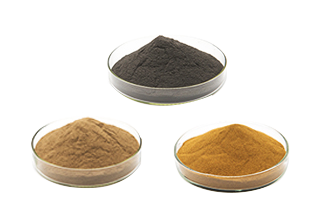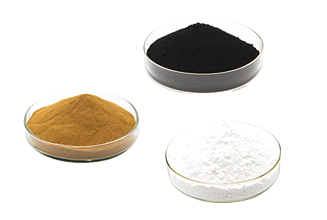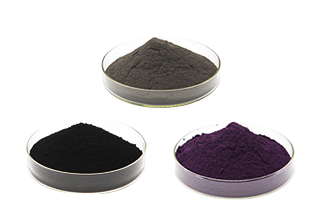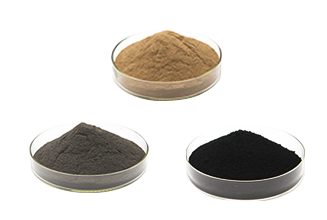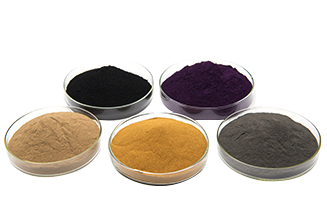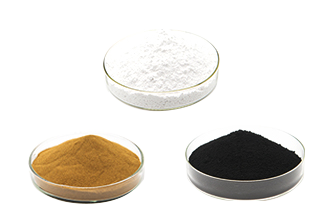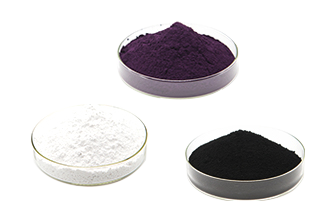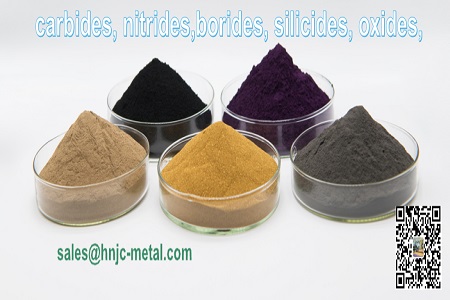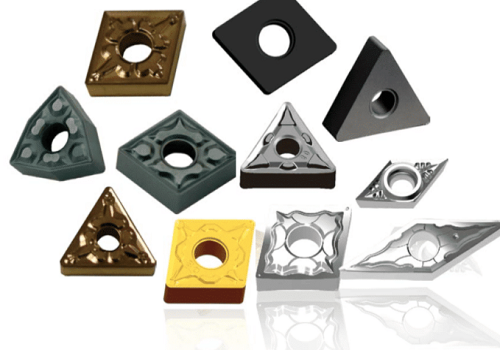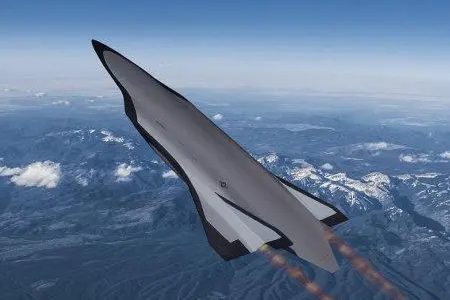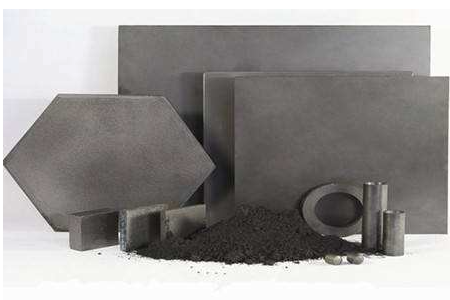Application of Metal 3D Printing Technology
What is the application of metal 3D printing technology?
At present, metal 3D printing has now become the industry's first growth rate, and it is widely used in various fields of daily life, mainly in the fields of industry, aerospace, automotive, medical and jewelry. The common characteristics of these fields are Individualized, rapid manufacturing in small batches. Relatively speaking, the application of 3D printing in the medical industry has developed rapidly, while the development of other fields has been slower. The main reason is that the medical field makes full use of the characteristics of personalized manufacturing of 3D printing, and requires more mechanical strength and efficiency of 3D printed products. Low, other fields have high requirements on the internal quality, mechanical strength, molding speed, and matching accuracy of printed parts.
1. Industrial field
In the industrial production industry, metal 3D printing technology is almost always used for both prototype manufacturing and model production. Some large parts and components will also be produced by 3D printers and then assembled. Compared with traditional manufacturing processes, 3D printing technology can reduce production costs and shorten production time while achieving greater production. Construction machinery, molds and other parts generally use iron-based materials, copper and copper alloy materials.
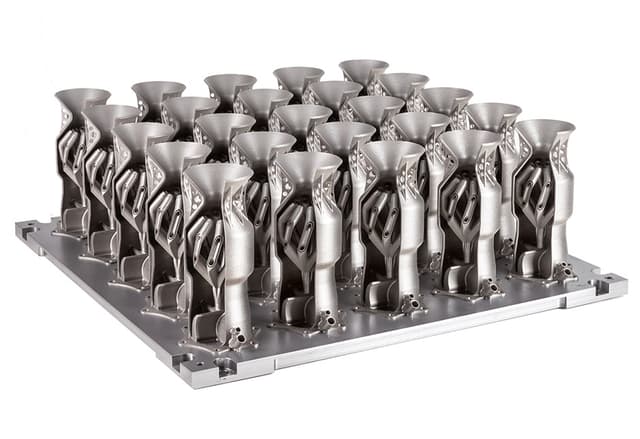
2. Aerospace
Metal 3D printing parts have become the key to aviation and aerospace fields. Many major countries in the world have begun to use metal 3D printing technology to achieve the development of defense, aerospace and other fields. The world's first 3D printing factory built by GE in Italy is responsible for manufacturing parts for Feiyue jet engines, which proves the ability of metal 3D printing. 3D printed parts for aerospace use mostly nickel-based, titanium and titanium alloys, aluminum alloys, copper and copper alloy materials.
3. Automotive industry
The application time of metal 3D printing in the automotive industry is not too long, but it has huge potential and rapid development. At present, well-known automakers such as BMW and Audi are seriously studying how to use metal 3D printing technology to reform their production methods. In the future, metal 3D printing manufacturing technology can be applied to the manufacturing of automotive peripherals, engine parts, cooling systems, transmission systems, transmission shafts and chassis, and aluminum alloy materials are mostly used.
.png)
4. Medical field
The application of metal 3D printing in the medical field can be said to be very common, especially in dentistry and orthopedics. The biggest benefit of using 3D technology for printing in the medical field is naturally customizability. Doctors can design implants according to the specific conditions of the patient. In this way, the patient's treatment process will be less painful and there will be a lot less trouble after the operation. And it has high strength, good toughness and bending fatigue resistance, excellent processing performance, etc., which cannot be replaced by other medical materials. In the medical field, titanium and titanium alloy materials, cobalt-chromium alloy materials are mostly used.
5. Jewelry field
Currently, many jewelry manufacturers are transitioning from resin 3D printing and wax mold manufacturing to metal 3D printing. With the continuous improvement of people's living standards, the requirements for jewelry are also higher. People no longer like the ordinary jewelry on the market, but want to have unique customized jewelry. Therefore, it will be the future development trend of the jewelry industry to achieve customization without molds. Among them, metal 3D printing will play a very important role, and precious metal materials are mostly used in the jewelry industry.
.png)
Hunan Huawei Jingcheng Material Technology Co., Ltd., manufacturer of carbides, borides, nitrides, oxides, silicides, including the powders for for 3D printing. the products performance characteristics:
1. High purity, no impurity phase detected by XRD, low content of metal impurity elements detected by GDMS/ICP;
2. Concentrated particle size distribution, good sphericity, good fluidity, no tube blocking, good quality of 3D printing and thermal spraying.
At present, metal 3D printing has now become the industry's first growth rate, and it is widely used in various fields of daily life, mainly in the fields of industry, aerospace, automotive, medical and jewelry. The common characteristics of these fields are Individualized, rapid manufacturing in small batches. Relatively speaking, the application of 3D printing in the medical industry has developed rapidly, while the development of other fields has been slower. The main reason is that the medical field makes full use of the characteristics of personalized manufacturing of 3D printing, and requires more mechanical strength and efficiency of 3D printed products. Low, other fields have high requirements on the internal quality, mechanical strength, molding speed, and matching accuracy of printed parts.
1. Industrial field
In the industrial production industry, metal 3D printing technology is almost always used for both prototype manufacturing and model production. Some large parts and components will also be produced by 3D printers and then assembled. Compared with traditional manufacturing processes, 3D printing technology can reduce production costs and shorten production time while achieving greater production. Construction machinery, molds and other parts generally use iron-based materials, copper and copper alloy materials.

2. Aerospace
Metal 3D printing parts have become the key to aviation and aerospace fields. Many major countries in the world have begun to use metal 3D printing technology to achieve the development of defense, aerospace and other fields. The world's first 3D printing factory built by GE in Italy is responsible for manufacturing parts for Feiyue jet engines, which proves the ability of metal 3D printing. 3D printed parts for aerospace use mostly nickel-based, titanium and titanium alloys, aluminum alloys, copper and copper alloy materials.
3. Automotive industry
The application time of metal 3D printing in the automotive industry is not too long, but it has huge potential and rapid development. At present, well-known automakers such as BMW and Audi are seriously studying how to use metal 3D printing technology to reform their production methods. In the future, metal 3D printing manufacturing technology can be applied to the manufacturing of automotive peripherals, engine parts, cooling systems, transmission systems, transmission shafts and chassis, and aluminum alloy materials are mostly used.
.png)
4. Medical field
The application of metal 3D printing in the medical field can be said to be very common, especially in dentistry and orthopedics. The biggest benefit of using 3D technology for printing in the medical field is naturally customizability. Doctors can design implants according to the specific conditions of the patient. In this way, the patient's treatment process will be less painful and there will be a lot less trouble after the operation. And it has high strength, good toughness and bending fatigue resistance, excellent processing performance, etc., which cannot be replaced by other medical materials. In the medical field, titanium and titanium alloy materials, cobalt-chromium alloy materials are mostly used.
5. Jewelry field
Currently, many jewelry manufacturers are transitioning from resin 3D printing and wax mold manufacturing to metal 3D printing. With the continuous improvement of people's living standards, the requirements for jewelry are also higher. People no longer like the ordinary jewelry on the market, but want to have unique customized jewelry. Therefore, it will be the future development trend of the jewelry industry to achieve customization without molds. Among them, metal 3D printing will play a very important role, and precious metal materials are mostly used in the jewelry industry.
.png)
Hunan Huawei Jingcheng Material Technology Co., Ltd., manufacturer of carbides, borides, nitrides, oxides, silicides, including the powders for for 3D printing. the products performance characteristics:
1. High purity, no impurity phase detected by XRD, low content of metal impurity elements detected by GDMS/ICP;
2. Concentrated particle size distribution, good sphericity, good fluidity, no tube blocking, good quality of 3D printing and thermal spraying.

